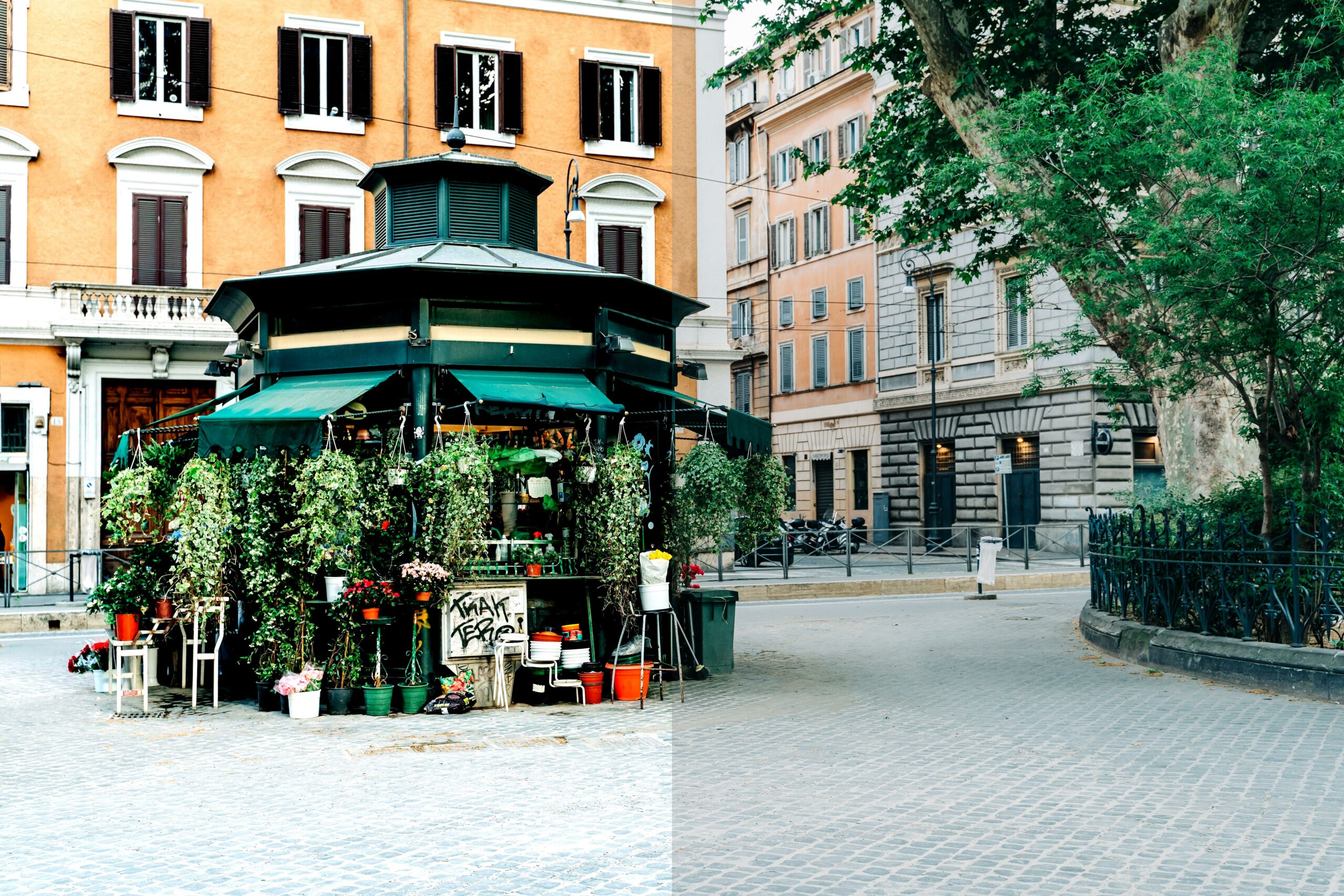Retrace your steps in time and start an amazing trip through the ancient world of Rome, where the complexity of the empire was defined not only by its great buildings and strong armies but also by its sophisticated transit system. This page will explore the fascinating field of ancient Roman transportation vehicles. We will reveal the secrets behind these amazing technical achievements from the roaring chariots racing across the Circus Maximus to the robust wagons traversing the extensive road network of the empire and the great ships sailing the Mediterranean sea. Join me as we reveal the amazing tales and the pure inventiveness that let the Romans conquer land and water, linking cities and building a legacy still felt today.
Ancient Roman Transportation Vehicles
Renowned for its splendor and large empire, ancient Rome possessed a sophisticated transportation infrastructure that was absolutely vital for preserving its rule. The ancient Romans realized how crucial dependable and quick transportation was for military operations, trade, and communication. From chariots to waggons and ships, the Romans made use of a great range of mobility tools to link their vast territory. Come along on this trip as we explore the amazing world of historic Roman transportation vehicles and their relevance.
Chariotes: The Racing Beauties
For the ancient Romans, chariot travel was not only a means of mobility but also a kind of amusement given its elegant form and quick speed. Pulled by horses, these light-weight, two-wheeled vehicles served a variety of uses including racing, hunting, and even warfare.
Maximum speed and maneuverability were intended goals of the racing event chariot designs. Their low ground level design let for improved stability and less wind resistance. Skilled and fearless people, the charioteers would propel the chariots at explosive speed around the great Circus Maximus, enthralls viewers with their knowledge.
Quote: The sound of clashing wheels and hooves erupted from the ancient Romans’ excited cheers. Under the expert hands of the charioteers, the chariots raced around the course, their graceful forms evidence of the splendor of ancient Rome.
Wagons: The pillar of trade
Although chariots were mostly utilized for entertainment, waggons dominated trade and transportation in ancient Rome. Pulled by oxen or mules, these four-wheeled vehicles were robust and able of hauling large distances.
Wagons were perfect for moving products including building supplies, agricultural produce, and even military hardware. Waggons’ great capacity permitted effective trade, hence promoting economic development inside the empire. They were essential in the logistical running of the Roman army since they guaranteed the troops’ equipment and supply of supplies.
Cons: – Waggons were slower in terms of speed and less nimble due to their weight and size; their reliance on horse power made long-distance travel time-consuming, particularly on difficult terrain.
Quote: Driven with commodities from far-flung parts of the empire, the waggons trundled among the busy streets of Ancient Rome. These strong vehicles guaranteed the seamless commercial flow and helped the empire to flourish.
Ships: The Maritime Explorer’s Toolkit
The ancient Romans mostly depended on ships for trade, movement, and military conquests as a big empire with lots of coastal areas and rivers. These wonders of marine engineering let the Roman Empire spread its impact over the Mediterranean Sea and beyond.
Roman ships ranged in size from the tiny, swift Liburnian boats to the massive warships called triremes. These ships were built for trade, exploration, and naval warfare among other uses.
Quote: As we set off across the great Mediterranean Sea, let yourself be enveloped in the salt air. With their strong hulls and blowing sails, the Roman ships carried the aspirations of an empire.
In essence, the success and grandeur of ancient Rome were greatly shaped by the means of transportation available to the empire. Every vehicle had importance and contribution, from the strong ships that sailed the oceans to the adrenaline-fueled chariot races to the sturdy carts that enabled trade. While the waggons constituted the backbone of trade and the ships let the Romans rule the seas, the chariots captivated the audiences. Understanding and appreciating these historic transportation vehicles helps us to untangle the fabric of ancient Rome and provide a better knowledge of the successes of this amazing civilization.
Quote: As we investigate more beauties that lie ahead, let us keep our fascinating trip around the pages of ancient Rome.
Throughout ancient history, transportation played a crucial role in the development and expansion of civilizations. One such civilization known for its advanced transportation system was ancient Rome. The Romans were pioneers in engineering and infrastructure, which is evident in their well-constructed roads, aqueducts, and even their ingenious modes of transportation. From horse-drawn carriages to the use of chariots, the Romans were able to efficiently and effectively move people and goods across vast distances. To delve deeper into the fascinating world of Roman transportation, click here and discover the ingenious methods used by this ancient civilization to navigate their vast empire.
Roman Road Construction: An Engineering Marvel
Roman road building in antiquity was a painstakingly thought out and executed process that was very vital for military operations, trade, and communication. Connecting provinces over great distances, these roads formed the backbone of the Roman Empire’s transportation infrastructure. This paper explores the amazing methods the Romans applied in building their roads, therefore highlighting their extraordinary engineering ability and inventiveness.
The Development Method
Roman road construction included several painstaking stages to guarantee its lifetime and durability. According to the transcript, the first phase was clearing all vegetation by means of area deforestation. The road would then run along this neat strip of land.
The transcript also makes hints on the need of a strong foundation for the route. To reach this, the intended track area’s topsoil was excavated until a strong foundation could be located. This solid ground gave the road stability and stopped it from sinking or degrading with time.
Kerbs and Foundation: Their Purpose
Once the base was set, big stones were positioned deliberately as road kerbs. Two main uses for these kerbs were defining the road’s width and offering a strong border. The film underlines even more how important these kerbs are for maintaining the structure of the road.
Between the kerbs, intermediate layers of smaller stones combined with fine aggregates were positioned to fill any voids and strengthen the road’s foundation. This deliberate layering technique guaranteed a consistent and strong construction for the road.
The Layer of Surface
The text also emphasizes the need of the surface layer throughout the road building procedure. Carefully placed as the last layer were gravel, sand, and clay. This arrangement made the surface fit for carts and draft animals to move across smooth and appropriate.
Careful engineering of the surface layer utilizing premium materials guarantees resilience to severe traffic and endurance. This meticulousness is evidence of the Romans’ dedication to building roadways that would last for centuries.
Security Policies and Drainage
Apart from the composition of the road, the Romans included security elements and drainage into its design. The slightly inclined edges of the road let rainwater flow outwards, therefore ensuring that the road stayed whole even during very severe rainfall.
Surprisingly, the translation shows a recent finding about ditches on both sides situated about 20 meters from the road. These ditches improved visibility, therefore lowering the possibility of surprises from wild animals or possible highway robbers, and stopped illegal vehicles from using the road.
“The Romans’ exact road building methods, including strong foundations and well chosen materials, guaranteed the lifetime and usefulness of their transportation system.”
Clearing path for the Roman Empire
As the text emphasizes, the success and majesty of ancient Rome were much enhanced by the building of Roman highways. These brilliantly designed transit paths transformed military operations, trade, and communication, therefore allowing the Roman Empire to spread its power over large areas.
Whether it was chariots, waggons, or ships, every kind of mobility had importance and helped the Roman culture to reach its great successes. From their tiny and swift chariots used for combat and racing to the robust waggons transporting huge cargo, the Romans used a wide spectrum of vehicles catered to their particular purposes.
“The Roman road network shows their ability to overcome geographical constraints and unite an empire, so attesting to the amazing engineering power of the ancient civilization.”
FAQ
In ancient Rome, what were the primary means of mobility?
The primary means of mobility in ancient Rome were ships, waggons, and chariot travel. Travel and trade across the huge Roman Empire were much facilitated by these vehicles.
Second question: In ancient Rome, how did chariots find application?
The second response is that ancient Rome made great use of chariot for several purposes. Mostly, they were utilized in racing contests like the well-known chariot races at the Circus Maximus. Important officials and military leaders also traveled in chariot to display their authority and rank as well as for mobility.
Third question: Which kind of waggons ancient Rome used for mobility?
Answer 3: Transportation in ancient Rome was much aided by waggons. Among the several waggons employed were the four-wheeled raeda for comfortable riding and the two-wheeled plostellum used for goods transportation. Moving people and commodities over the empire required these waggons.
In ancient Rome, what role did ships play in trade and transportation?
Answer 4: Ancient Roman trade and transportation relied much on ships. Goods such olive oil, wine, and grain were carried over the Mediterranean Sea and linked several parts of the empire from there. Ships let the Romans keep contact with their far-off colonies and create a sizable marine trading network.
The relevance of the road system in ancient Rome: what exactly?
The road system of ancient Rome was a marvel of engineering with great importance for communication and mobility. Together referred to as the Roman road network, these paths helped troops, supplies, and effective empire administration to be moved. The road network let the Romans keep control over their large territory and speed transport inside the empire.
q
- Unlocking 2-Letter Words with U: The Definitive Guide - April 4, 2025
- Unlock Words with the Letters THREE: Top Unscramble Tools 2025 - April 4, 2025
- Master Scrabble: X & Z Words for High Scores - April 4, 2025
















